PsychNewsDaily Publishers
100 Summit Drive
Burlington, MA, 01803
Telephone: (320) 349-2484
PsychNewsDaily Publishers
100 Summit Drive
Burlington, MA, 01803
Telephone: (320) 349-2484
Wine can spoil due to oxidation, temperature fluctuations, and improper cork sealing, leading to unwanted aromas, tastes, and visual changes that indicate it’s no longer drinkable.
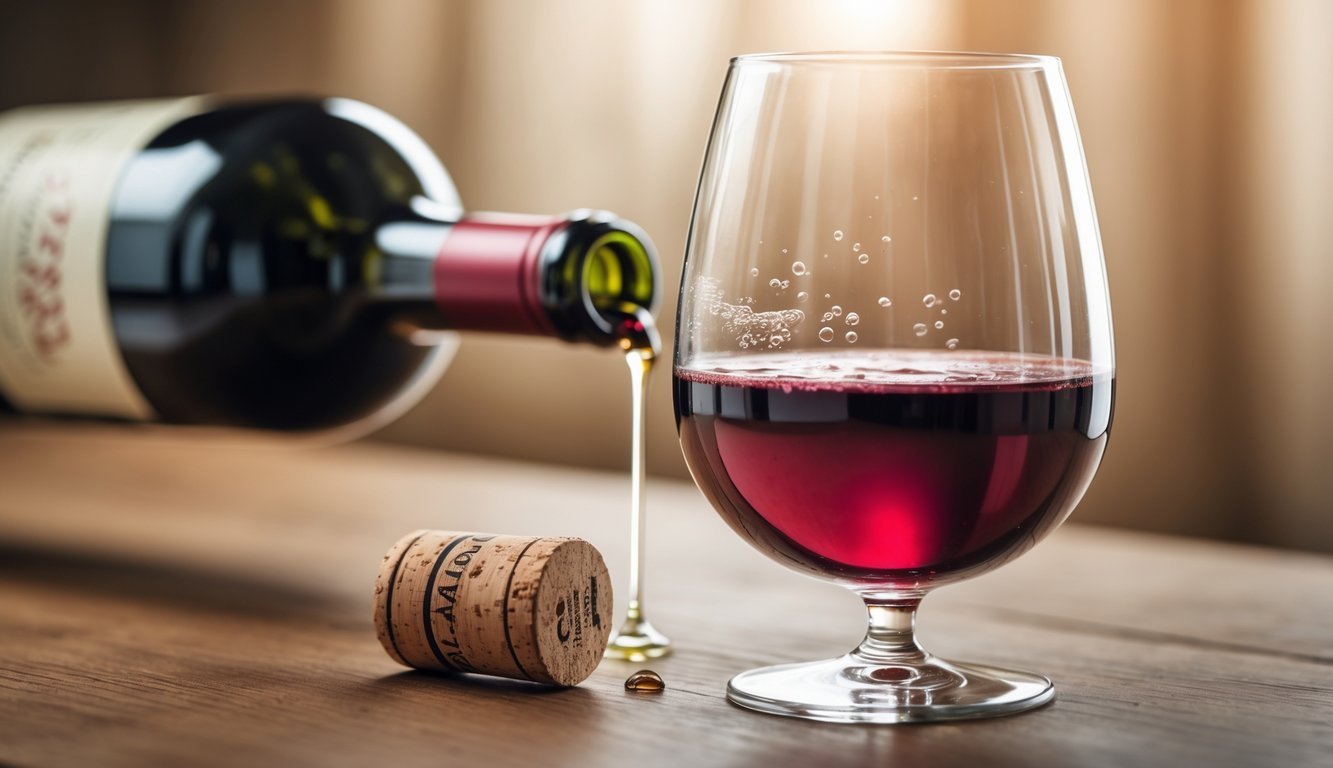
When you open a bottle of wine, you want to enjoy it at its best. But sometimes, wine just isn’t what you hoped for.
Wine can go bad even before you taste it. If you know what to look for, you can avoid a disappointing glass.
You can spot bad wine by paying attention to a few key signs before you even take a sip. These clues help you decide if the wine’s worth drinking or if you’d rather skip it.
Let’s be honest, nobody wants to waste time on a bottle that’s already gone off.
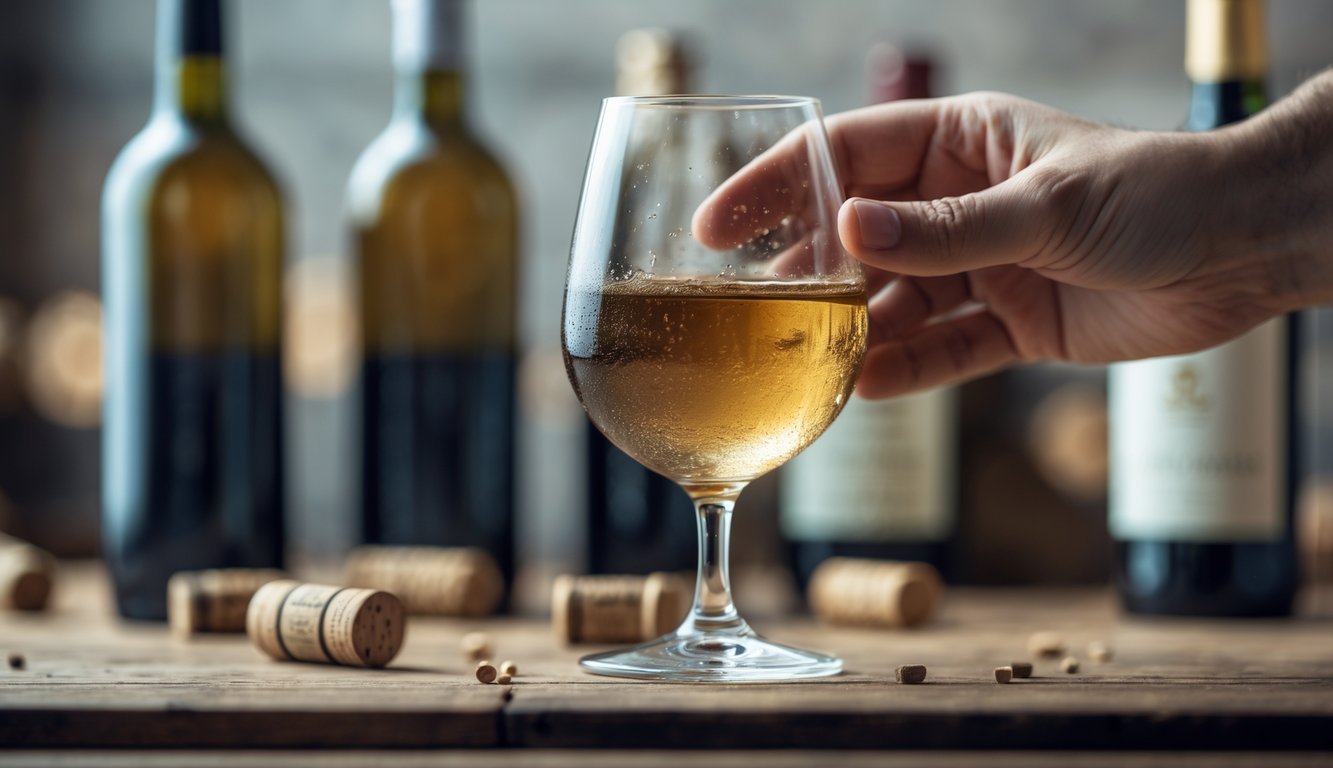
If you pour wine and notice it looks dull or has a weird brownish tint, that’s not a good sign. White wines usually darken, and reds can turn lighter or brownish.
This happens because too much air got to the wine. Oxidation messes with the taste and smell.
Cloudiness or unexpected bubbles are also red flags. These visual hints can save you from a bad sip.

Cloudy wine usually means trouble. Wine should be clear, not murky or hazy.
If you spot floating bits that weren’t there before, that’s another warning. Some sediment is normal in certain wines, but sudden changes in clarity or new particles aren’t.
Trust your eyes. If it looks off, there’s no shame in skipping that glass.
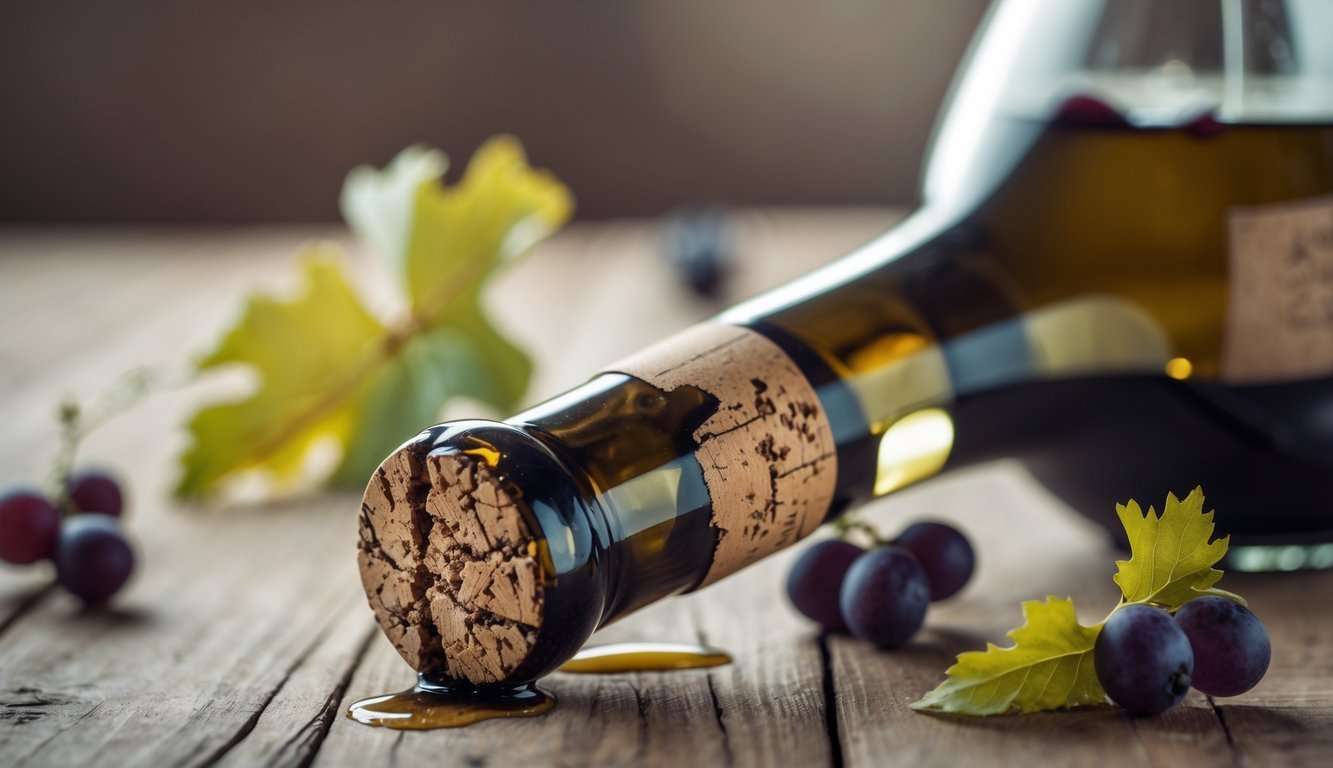
A cork that’s pushed out is a pretty clear warning. Air probably got inside and started spoiling the wine.
Heat can make this happen. When wine gets warm, it expands and shoves the cork up.
A damaged cork lets air in, and that’s never good for wine. Always check the cork before opening.
If it’s sticking out or looks rough, you might be in for a letdown.
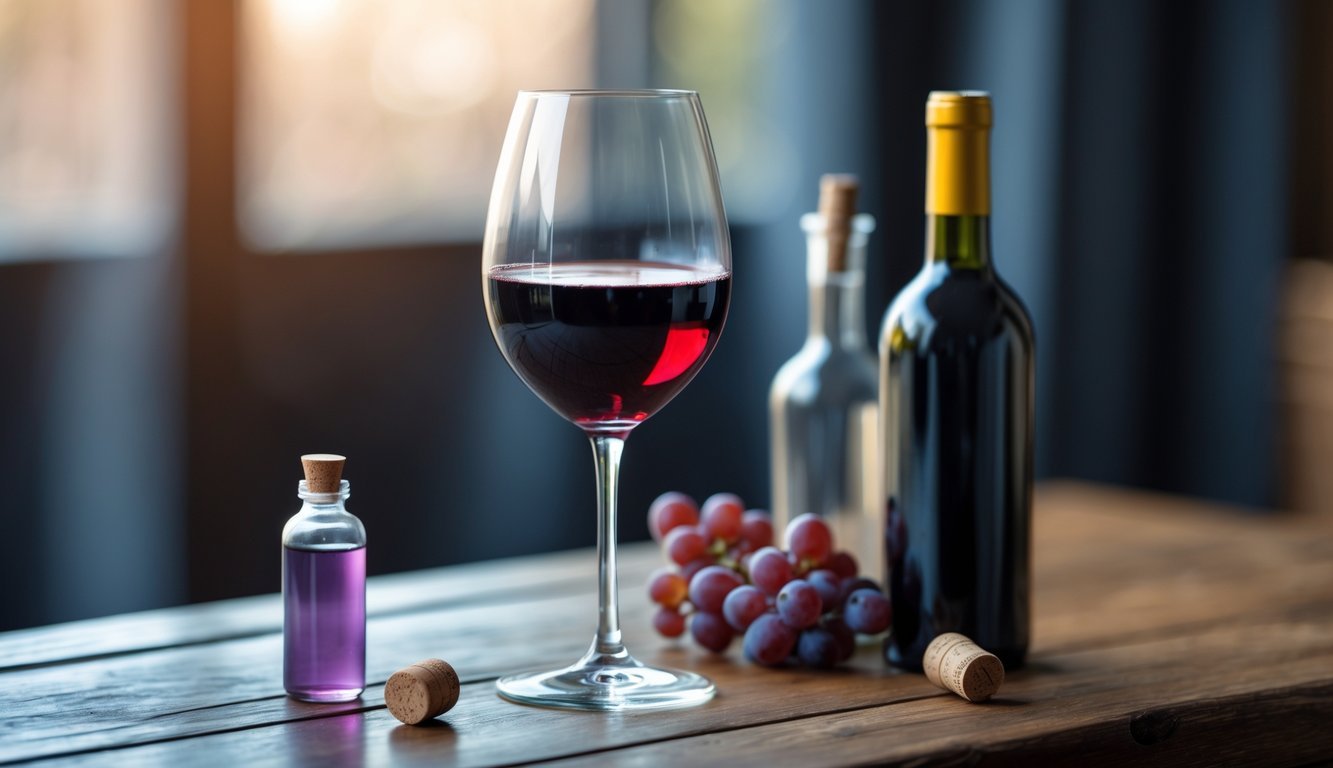
If your wine smells like vinegar or nail polish remover, that’s usually a bad sign. Bacteria or oxidation can cause these sharp scents.
You could technically drink it, but honestly, it won’t taste great. These smells mean the wine has a fault called volatile acidity.
When you catch those odors, trust your nose. It’s not worth forcing down a glass that smells off.

If your wine tastes very sour, kind of like vinegar, it’s definitely gone bad. Bacteria turn the alcohol into acetic acid, and that’s what you’re tasting.
Sometimes this sharpness burns your nose a little too. It’s not the smooth, pleasant flavor you want from wine.
When you get that sour kick, just put the glass down. No need to keep sipping something that’s lost its charm.

If sniffing your wine makes your nose sting or burn, something’s off. That sharp irritation feels a bit like horseradish or strong vinegar.
Spoiled wine tends to have harsh, sour smells. You might even pick up on ammonia or something chemical.
If the smell makes you wince, just skip it. Your nose is usually right about this stuff.
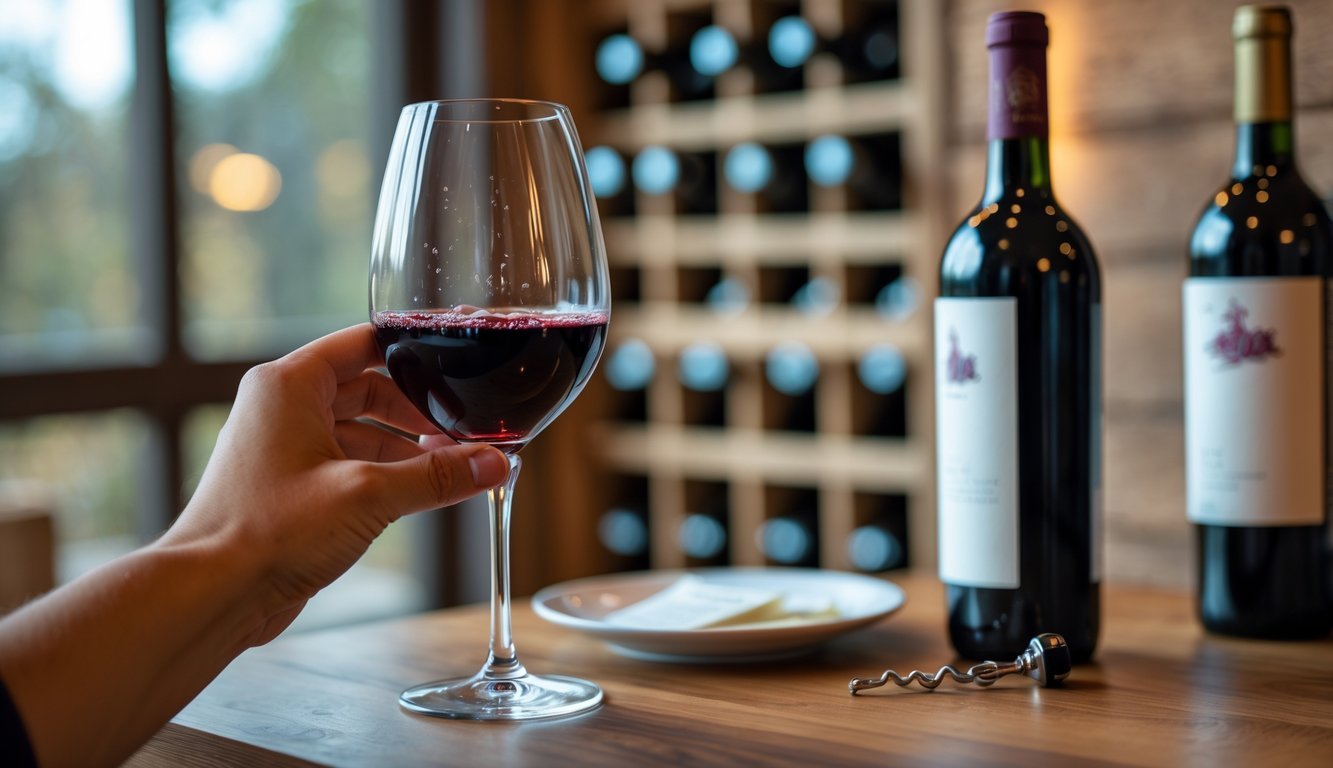
If your wine suddenly loses its usual aroma, that’s a warning. Good wine should have fruity, floral, or earthy smells.
When those smells fade or turn weird—like wet cardboard or chemicals—the wine’s probably spoiled.
Trust your senses. If it doesn’t smell like wine should, it’s okay to pass.

If you spot bubbles in wine that’s not supposed to be fizzy, that’s a problem. Still wines shouldn’t have any fizz.
Those bubbles mean a second fermentation happened inside the bottle. It’s not planned, and it usually messes with the flavor.
Fizz in a still wine often means it’ll taste sour or just wrong. Better to leave it alone and open something else.

Wine changes over time because of air, storage, and the type of seal on the bottle. These things decide how long your wine stays tasty.
Oxygen really changes wine once you open the bottle. When air gets in, oxidation starts and can make the wine taste flat or sour.
If the cork is loose or damaged, oxygen can sneak in before you even open it. You might notice stale smells or brownish color.
To slow oxidation, keep the bottle sealed tight and cool. Wine stoppers can help keep air out after you’ve opened it.
If you store wine at the wrong temperature or in a place where the temperature keeps changing, the quality drops fast. Warm spots speed up the chemical changes that spoil wine.
Try to keep wine between 45-65°F (7-18°C). Avoid kitchens or sunny spots because they make wine go bad faster.
Sudden temperature changes are also rough on wine. They can mess with the cork and let air in.
A good cork or closure keeps your wine fresh by stopping air from getting in. If the cork looks dry, cracked, or bulging, air probably got inside.
Screw caps and synthetic corks work differently but aim to keep air out too. They’re not perfect, though.
Check the cork before opening. It can tell you a lot about how the wine’s been stored.
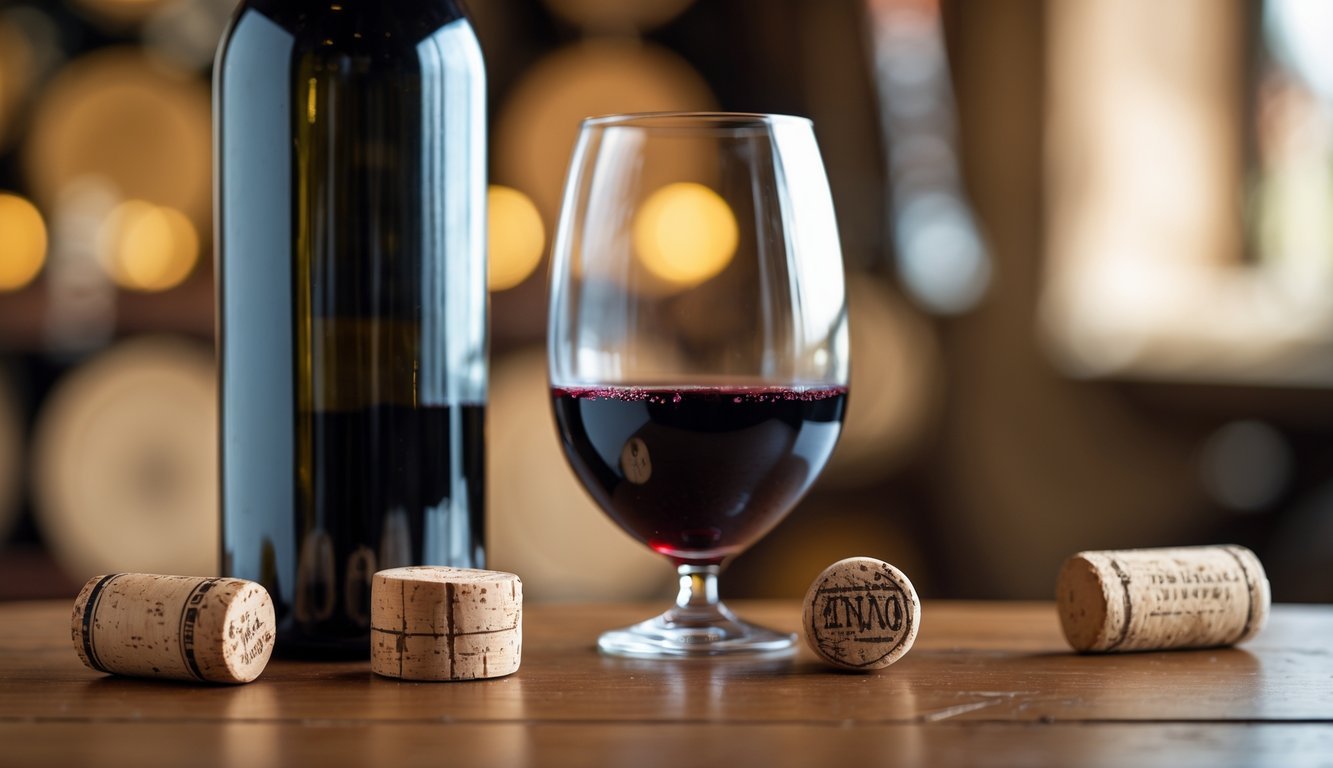
Keeping wine fresh isn’t that hard, but you do need to pay attention. How you store both unopened and open bottles really matters.
Little things like temperature, light, and air can make a big difference.
Store wine in a cool, dark spot where the temperature stays steady—ideally between 45°F and 65°F. Stay away from heat or sunlight, which speeds up spoilage.
If your bottle has a cork, store it on its side. This keeps the cork moist so it doesn’t shrink and let air in.
Don’t keep wine in the kitchen or fridge door. Those spots have too many temperature swings.
A wine fridge or a cool closet is usually your best bet.
Once you pop the cork, wine just starts losing its freshness—sometimes faster than you’d expect.
If you want to slow that down, grab the cork and push it back in tight, or use a vacuum wine stopper if you have one.
Stick the open bottle upright in the fridge. Yep, even for reds. This helps cut down on oxidation.
You’ll probably want to finish most opened bottles within three to five days. Lighter wines tend to go bad quicker, but bolder reds can hang on a little longer.
Some folks use wine preservation tools like inert gas sprays. They can help keep your wine safe from air a bit longer, if you’re into gadgets like that.